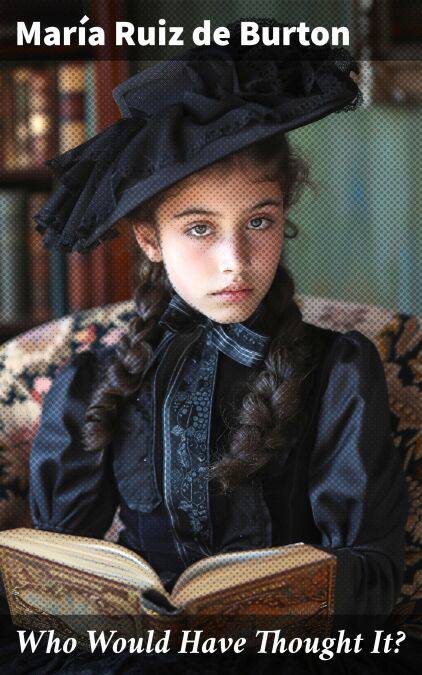
- Afhalen na 1 uur in een winkel met voorraad
- Gratis thuislevering in België vanaf € 30
- Ruim aanbod met 7 miljoen producten
- Afhalen na 1 uur in een winkel met voorraad
- Gratis thuislevering in België vanaf € 30
- Ruim aanbod met 7 miljoen producten
Zoeken
Who Would Have Thought It? E-BOOK
A Satirical Journey Through 19th Century America's Racial, Class, and Gender Struggles
María Ruiz de Burton
E-book | Engels
€ 1,99
+ 1 punten
Uitvoering
Omschrijving
In "Who Would Have Thought It?", María Ruiz de Burton crafts a pioneering narrative that intertwines the complexities of racial identity, social class, and gender in 19th-century America. Through the experiences of her protagonist, the author employs a vibrant literary style infused with satirical wit and keen social observation, placing her work within the canon of early American literature that challenges prevailing notions of identity and belonging. The novel reflects de Burton's acute awareness of the socio-political landscape of her time, particularly the intersection of Mexican and Anglo-American cultures in a rapidly changing society. María Ruiz de Burton, the first published Mexican-American novelist, drew upon her own experiences as a member of a formerly elite Mexican family. Her unique position in a society grappling with issues of race and class informed her writing, as she vividly depicts the struggles faced by those caught between different cultural identities. De Burton's literary contributions remain critical for understanding the multi-faceted dimensions of American identity, providing a voice that was often marginalized in her era. This novel is a must-read for anyone interested in the historical context of racial dynamics in America, women's literature, or the evolution of Hispanic narratives in English. Ruiz de Burton's keen insights and rich storytelling will resonate with readers, offering a rare glimpse into a time when societal norms were being challenged, and identities were being redefined.
Specificaties
Betrokkenen
- Auteur(s):
- Uitgeverij:
Inhoud
- Aantal bladzijden:
- 325
- Taal:
- Engels
Eigenschappen
- Productcode (EAN):
- 8596547792208
- Verschijningsdatum:
- 27/12/2023
- Uitvoering:
- E-book
- Beveiligd met:
- Digital watermarking
- Formaat:
- ePub

Alleen bij Standaard Boekhandel
+ 1 punten op je klantenkaart van Standaard Boekhandel
Beoordelingen
We publiceren alleen reviews die voldoen aan de voorwaarden voor reviews. Bekijk onze voorwaarden voor reviews.











